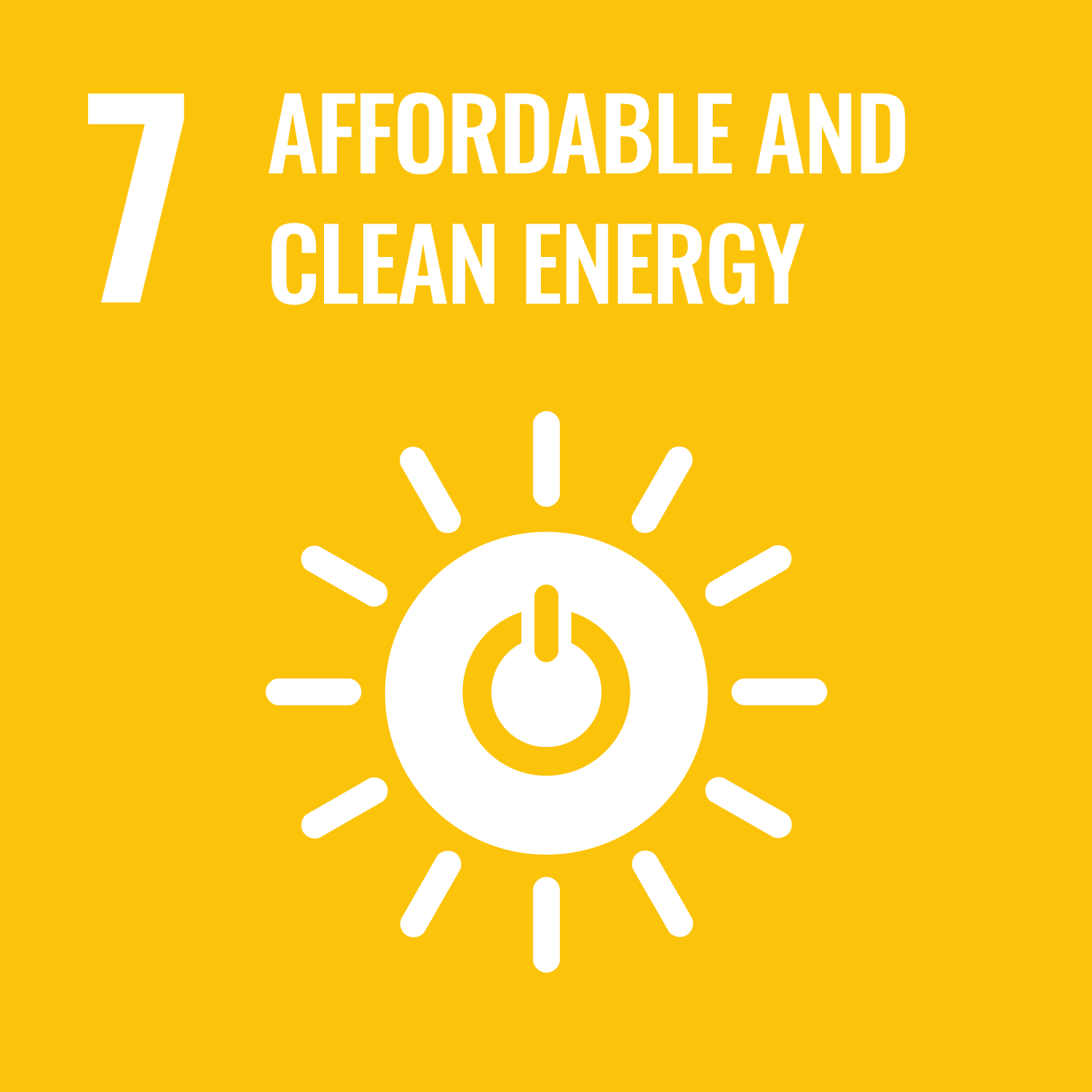In this lecture, the fundamentals of the combustion phenomena are discussed.
Note) This lecture will be conducted in the so-called flipped classroom style. Students are required to watch the video materials online in advance and prepare for each class. Exercises will be conducted during the class time.
Note) This lecture will be conducted in the so-called flipped classroom style. Students are required to watch the video materials online in advance and prepare for each class. Exercises will be conducted during the class time.
Combustion is an important method for obtaining energy of heat or power in our life. Combustion is a complex phenomenon including
heat and mass transfer, fluid dynamics, and chemical reactions. In recent years, it has become possible to predict combustion
phenomena by numerical simulation. However, there still remain lots of problems to solve. The purpose of the class is to
understand the fundamentals of the combustion phenomena.
- To deepen your knowledge of fuel and be able to explain it in your own words.
- To deepen your knowledge of the structure and characteristics of the flame formed in the combustion field and to be able to explain it in your own words.
- To deepen your knowledge of the chemical reactions undergoing in flames and to be able to explain it in your own words.
- To deepen your knowledge of the mathematical formulas that describe the events contained in the combustion field and be able to solve simple problems.
| Class schedule | HW assignments (Including preparation and review of the class.) | Amount of Time Required | |
|---|---|---|---|
| 1. | Introduction / Fuels | Review the contents of thermodynamics and fluid dynamics. | 190minutes |
| 2. | Thermodynamics of Combustion (1) | Read the provided material. | 190minutes |
| 3. | Thermodynamics of Combustion (2) | Read the provided material. | 190minutes |
| 4. | Chemical Kinetics (1) | Read the provided material. | 190minutes |
| 5. | Chemical Kinetics (2) | Read the provided material. | 190minutes |
| 6. | Transport equations and properties |
Read the provided material. | 190minutes |
| 7. | Midterm examination Test and commentary |
Review the contents in the first half. | 190minutes |
| 8. | Ignition Phenomena | Review the contents in the first half. | 190minutes |
| 9. | Premixed Flames | Review the contents in the first half. | 190minutes |
| 10. | Non-premixed Flames (Diffusion Flames) | Review the contents in the first half. | 190minutes |
| 11. | Droplet Evaporation and Combustion | Review the contents in the first half. | 190minutes |
| 12. | Emissions | Review the contents in the first half. | 190minutes |
| 13. | Hydrogen explosions | Review the contents in the first half. | 190minutes |
| 14. | Final examination Test and commentary |
Review the contents in the second half. | 190minutes |
| Total. | - | - | 2660minutes |
| Midterm examination | Final Examination | Total. | |
|---|---|---|---|
| 1. | 10% | 10% | 20% |
| 2. | 10% | 15% | 25% |
| 3. | 15% | 10% | 25% |
| 4. | 15% | 15% | 30% |
| Total. | 50% | 50% | - |
Midterm examination (50%) and final examination (50%).
60 points or higher is acceptable. This is the level where you can think of standard combustion issues.
60 points or higher is acceptable. This is the level where you can think of standard combustion issues.
S. McAllister et al., Fundamentals of Combustion Process (Springer), etc.
- you have any questions, please email me at any time.
- Course that cultivates an ability for utilizing knowledge
| Work experience | Work experience and relevance to the course content if applicable |
|---|---|
| N/A | 該当しない |
Last modified : Sat Sep 09 05:04:38 JST 2023


